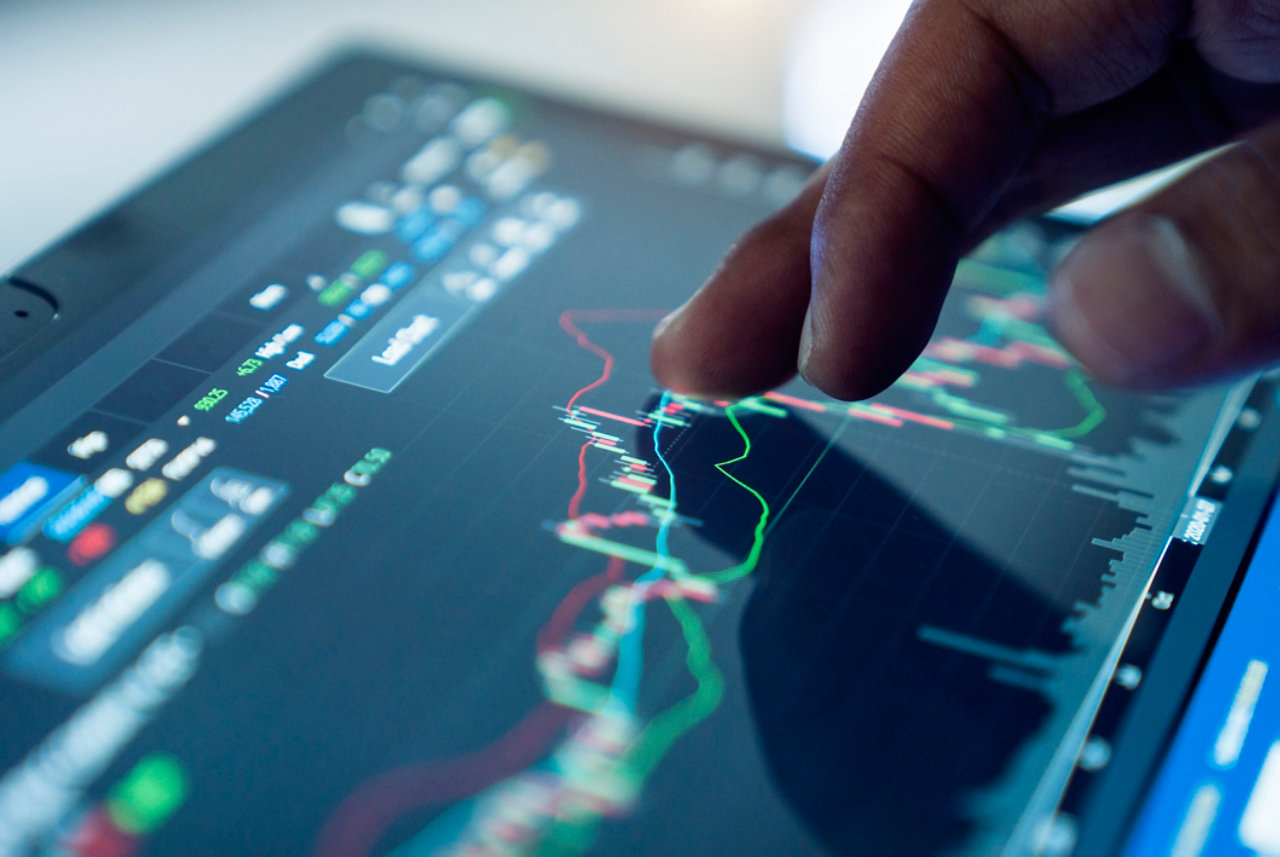The accessibility of cloud-based computing power and high-performance networking, the availability of increasingly large and varied datasets, and a wealth of readily obtainable tools for building models to analyse the data have all led to widespread adoption of AI and ML in the financial markets industry.
And as the technology advances, new use cases keep emerging, from the front office to the back, across the full spectrum of pre-trade to post-trade, including portfolio management, trade execution, risk, regulation, and compliance.
However, a robust networking and connectivity infrastructure is essential to support the unique requirements of AI and ML applications in financial markets. As firms increasingly rely on these technologies, they need to know they can access the necessary data and the associated tools and services securely, reliably, and at speed.
AI use cases in buy-side financial markets
AI also has a range of use cases at sell-side firms, such as improving trade execution performance, optimising hedging and quoting decisions, and causing workflow efficiencies (for example, by automating brokers' responses to client requests for quotes).
A recent report from the European Securities and Markets Authority (ESMA)1 shows that AI’s most promising applications are in the trade execution phase. They highlighted the example of investment banks and brokers using AI-driven execution models to intelligently split large parent orders into multiple child orders across trading venues and over periods, to minimise market impact and reduce transaction costs.
From a post-trade perspective, AI adoption is still new, because most central securities depositories and central counterparties rely on legacy technology infrastructures. Some of these institutions are now investigating how supervised and unsupervised ML techniques can help with trade settlement, clearing, and reporting.
For example, some data reporting service providers and trade repositories are now developing AI solutions, such as anomaly detection and automated data extraction from unstructured documents, to improve the efficiency and accuracy of post-trade processes.
Regulators are also increasingly using AI and ML in fraud detection and prevention, where large quantities of data can be rapidly analysed to identify patterns of suspicious behaviour and highlight potentially fraudulent activities.
Stock exchanges and other trading venues are also applying AI to detect irregular and potentially malicious trading activity. Nasdaq, for example, now leverages specific machine learning capabilities for market surveillance, including deep learning, transfer learning and ‘human-in-the-loop’ learning2.
Infrastructure considerations
AI and ML applications that require real-time data to be processed and analysed require fast, reliable network connectivity. They rely heavily on large data sets, which must be stored and processed reliably and securely. So they’re often built and run on the cloud for scalability and the wealth of cloud-native AI and ML resources that are now available – such as Google TensorFlow, AWS Machine Learning, and Microsoft Azure AI.
For firms looking to utilise such cloud-based applications within financial markets, security is a top priority when it comes to networking and connectivity. Firms need to know that their sensitive financial data is being transmitted and stored securely, with advanced encryption techniques where necessary, to ensure minimal risks of unauthorised access, data breaches and cyber attacks.
How Radianz with BT helps
The Radianz cloud ecosystem provides access over a single connection to more than 400 third-party technology providers with thousands of applications and services. It has become a key component in the growth of AI and ML usage in the financial markets sector.
We enable banks, brokers, trading and investment firms, exchanges, trading venues, and clearing houses to leverage those AI/ML applications and services across various use cases, from pre-trade to post-trade.
Functional areas are also covered, such as portfolio construction, decision support, trade execution, risk, regulatory compliance, clearing and settlement.



